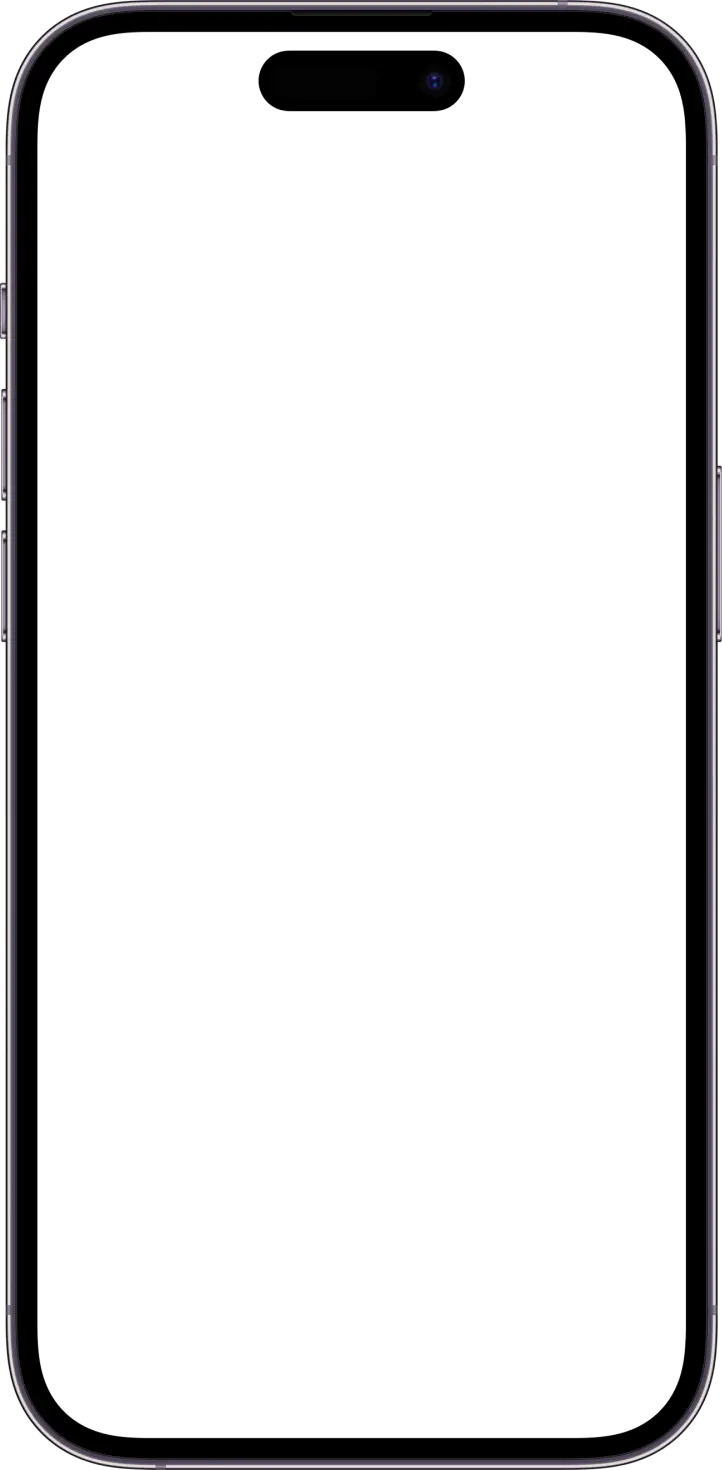UX/UI DESIGN
Impact Engine: Gamified Lead Flow + Performance Scoring
At our company hackathon in Atlanta, I contributed innovative concepts to two different teams, one of which focused on agent productivity and motivation. The first concept was a Daily Activity Tracker for agents to track their progress of completing essential tasks for priority and trending leads. Inspired by gamified wellness apps, the concept visualizes daily goals as “rings” that agents can close by completing activities like contacting leads. Completing all tasks across categories in a single day starts a streak, encouraging agents to maintain momentum and build winning streaks over time. This design aims to increase focus, accountability, and long-term engagement through simple visual cues and intrinsic motivation.
The second concept was an Agent Impact Score, a tool designed to reflect how well agents are engaging with their leads. Unlike a lead score, this score measures the agent's effort and follow-through. The score is paired with a dynamic emoji face that changes expression based on performance—smiling more as the score improves. To help agents take control of their impact, the tool offers a checklist of actionable steps—like calling leads, improving notes, or setting follow-up tasks—to guide improvement. This concept helps agents quickly identify which relationships are thriving and where additional effort is needed.
Together, both ideas aim to make agent workflows more intuitive, motivating, and insight-driven. These concepts were ideated upon and executed within 24 hours.
Our current CRM lacks a dedicated performance tracking experience for agents. While it allows for task management and lead organization, there’s no clear way for agents to visualize how well they’re engaging with their leads—or whether they’re completing the most critical daily activities. This creates a disconnect between agent effort and lead outcomes.
Additionally, we’ve faced a long-standing challenge around agent motivation, particularly when it comes to proactive outreach. Many agents struggle to consistently call their leads, despite knowing it’s one of the most effective actions they can take. Without clear feedback, progress indicators, or engaging tools to reinforce positive behavior, it’s easy for agents to lose focus or prioritize less impactful tasks.
I served as the designer on two separate hackathon teams made up of developers. My role was to quickly understand each team’s vision and translate their ideas into clear, user-centered interface designs. I created interactive prototypes that captured the core functionality and visual flow of each concept, enabling the developers to align around a shared vision. These designs became the blueprint for the final coded experiences, allowing the teams to move efficiently from concept to implementation within the limited timeframe.
Given the fast-paced nature of the hackathon, we focused on rapid ideation, collaborative iteration, and quick execution. Each team began by identifying a specific pain point in the agent experience—lack of performance tracking and low motivation for lead outreach.
Throughout the process, we emphasized clarity, simplicity, and agent-first thinking to ensure each feature would be both usable and motivating in a real-world CRM environment.
One of the main challenges we faced was the time constraint—with only a short window to go from concept to working prototype, we had to make fast, effective decisions without sacrificing clarity or usability.
Working across two separate teams also required careful context-switching and communication. Each team had a unique vision and development style, so I had to quickly adapt my design approach to support their workflows while still maintaining consistency and quality.
Another challenge was designing motivational features—like streaks and impact scores—that felt engaging without being gimmicky. We wanted to strike the right balance between gamification and professionalism to ensure the concepts would be embraced by agents. To make sure they were well received, we chose to forego the use of letter grades and instead chose something more intuitive and approachable- emoji faces.
Finally, since our CRM doesn’t currently support performance feedback or visual engagement tools, we had to think creatively about how to integrate new behavioral patterns into existing workflows without adding friction
To address the lack of performance tracking and motivation in our CRM, we designed two complementary agent-focused features:
Activity Tracker with Streaks
This solution introduces a daily progress interface inspired by goal rings. Agents can see at a glance how they’re performing across key activities—like contacting leads or updating notes. Completing all activities in a day triggers a streak, visually reinforcing consistency and encouraging agents to stay engaged. It brings accountability and satisfaction into the agent’s workflow without being intrusive.Agent Impact Score
Instead of scoring leads, this feature measures how well an agent is nurturing their connections. A dynamic emoji face reflects the agent’s score—getting happier as engagement improves. Agents receive a personalized checklist of actionable steps (e.g., make a call, improve notes) to guide their next move and raise their impact. This offers both awareness and clear direction, helping agents take control of their performance.
While these features have not yet been implemented in our live CRM, the project successfully demonstrated our team’s creativity, problem solving, and cross-functional collaboration under pressure.
The working prototypes brought abstract ideas to life, sparking conversation around how we can better support and motivate agents through design. Both concepts—activity streaks and the agent impact score—were well-received during the hackathon for their clarity, usability, and potential to drive real behavior change.
While these features were developed as part of a hackathon, there’s strong potential for future implementation—especially as we explore a revamp of the CRM dashboard. These concepts may be revisited and refined for launch, with a focus on integrating performance insights and motivation tools directly into the agent workflow.





